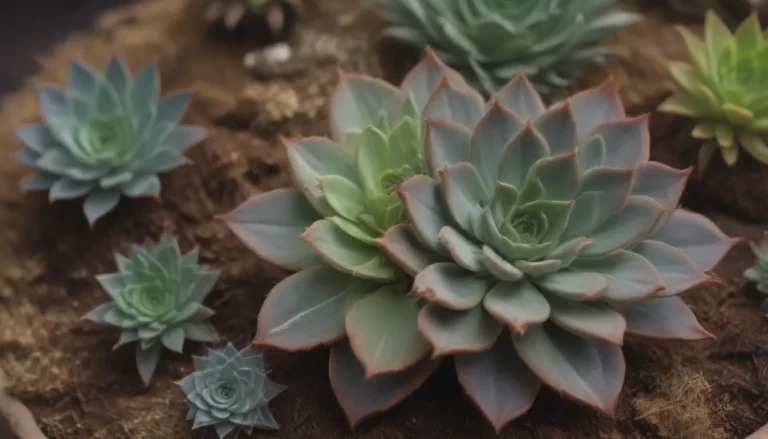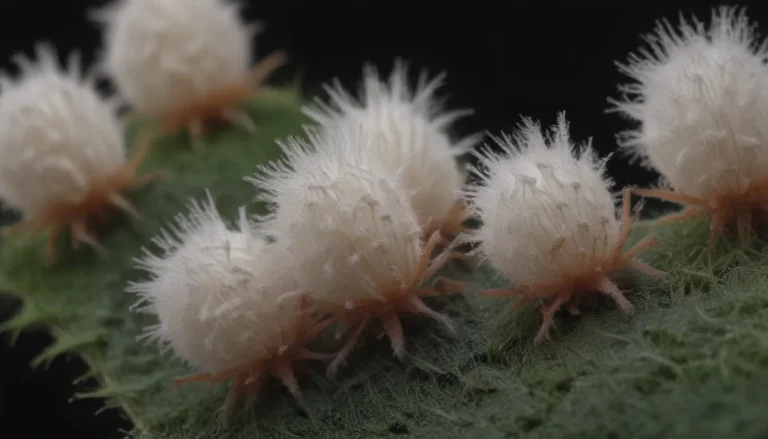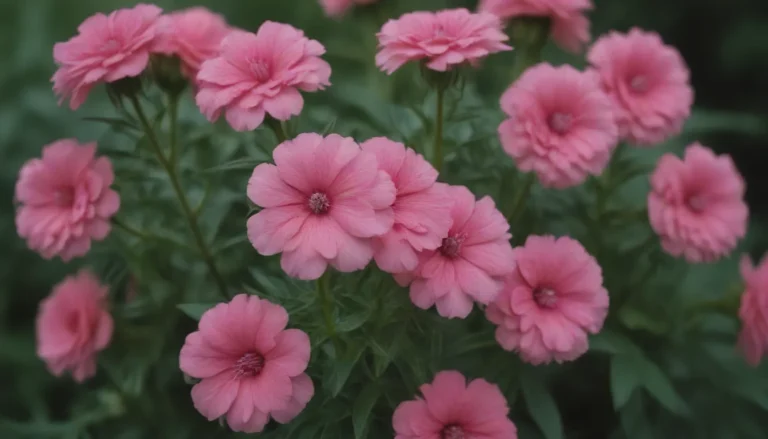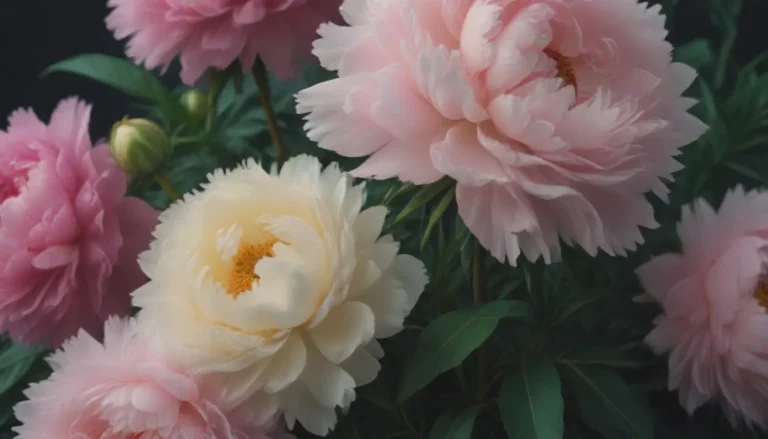Everything You Need to Know About Growing and Caring for Philodendron Squamiferum
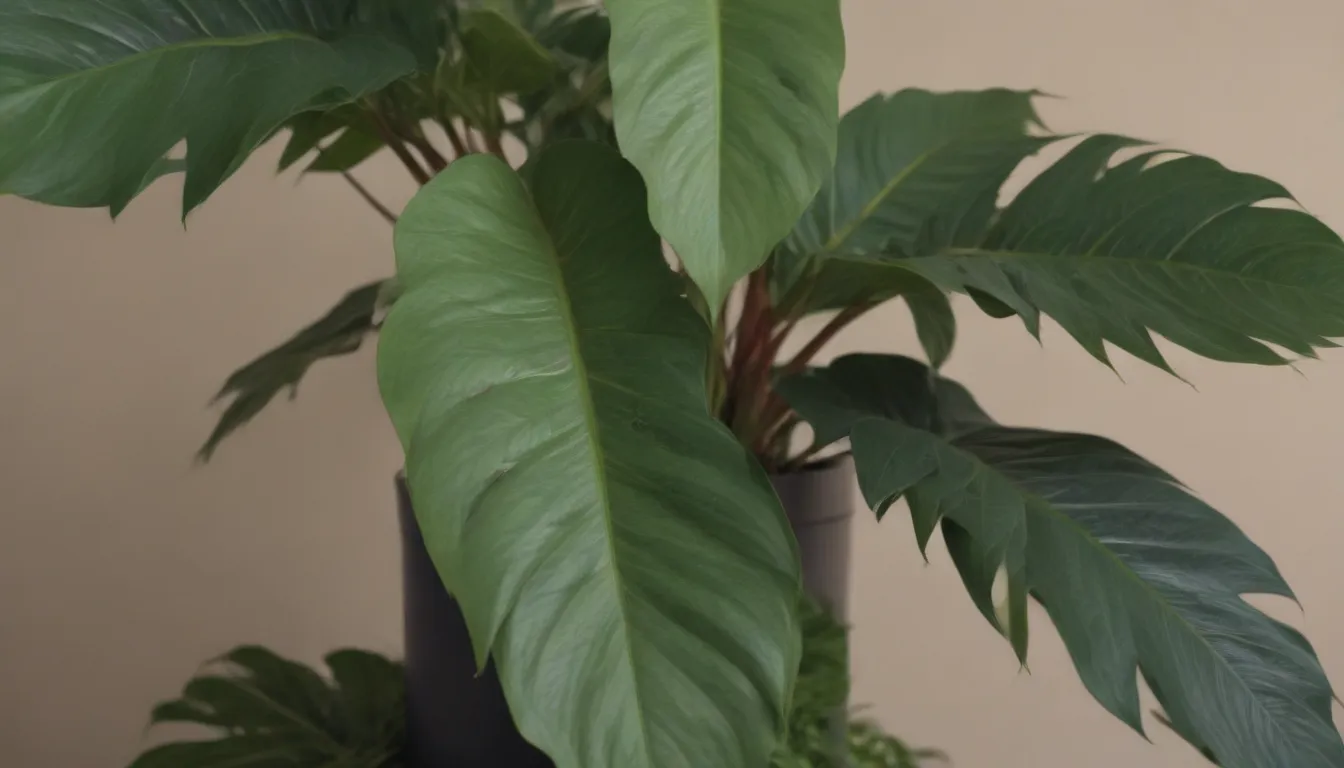
Are you looking to add a touch of exotic beauty to your indoor space? Look no further than the stunning Philodendron Squamiferum. This unique houseplant features large, dark green foliage with hairy stems that develop a striking red hue, making it a standout among other plants.
But before you rush out to get your hands on one of these elusive beauties, it’s essential to understand how to properly care for a Philodendron Squamiferum. In this comprehensive guide, we will cover everything you need to know to ensure your plant thrives and flourishes in your home.
Philodendron Squamiferum Care Tips
If you’re lucky enough to find a Philodendron Squamiferum, you’re in for a treat. This plant is not only visually striking but also relatively easy to care for, making it a perfect choice for beginner plant enthusiasts. Here are some essential care tips to help you keep your Philodendron Squamiferum happy and healthy:
Light
Like most tropical plants, Philodendron Squamiferum thrives in bright, indirect light. Placing your plant near an east or west-facing window where it can receive plenty of sunlight without being exposed to direct rays is ideal. If you have a south-facing window, consider using a sheer curtain to filter the light and prevent leaf discoloration.
Soil
Philodendron Squamiferum is an epiphytic species that benefits from a loose, well-draining potting mix. A blend of equal parts orchid bark, perlite, and peaty soil, with some gravel added for extra drainage, is a suitable option. Alternatively, you can choose from a variety of commercial aroid mixes available on the market.
Water
While Philodendron Squamiferum is not drought-tolerant, it is essential not to overwater it. Allow the top few inches of soil to dry out before watering again to prevent root rot and pests. Instead of sticking to a strict watering schedule, monitor the soil moisture by feeling it with your finger.
Temperature and Humidity
This tropical plant thrives in high humidity levels and temperatures between 50 and 75 degrees Fahrenheit. Use a humidifier, group your plants together, or place a pebble-filled tray of water under the plant to maintain the ideal humidity levels. Avoid exposing the plant to drafty or chilly conditions.
Fertilizer
Philodendron Squamiferum is a slow-growing plant that doesn’t require heavy feeding. Fertilize it lightly a few times during the spring and summer months to promote healthy growth. Organic options like fish emulsion or diluted water-soluble fertilizers are excellent choices.
Pruning
To maintain a compact and bushy form, prune or pinch back your Philodendron Squamiferum regularly. Remove any dead or dying leaves to encourage new growth and prevent the plant from becoming leggy.
Propagating
Propagation is easy with Philodendron Squamiferum. Stem cuttings are a simple and effective way to propagate this plant and create new specimens for your collection.
Potting and Repotting
While Philodendron Squamiferum is slow-growing, it’s important to repot it every few years as its roots outgrow the pot. Look for roots poking out of the drainage holes as a sign that it’s time to repot. Choose a pot that is a few inches wider than the current one to prevent overwatering and root rot.
Common Pests and Problems
Philodendron Squamiferum is relatively low-maintenance and resistant to pests and diseases. However, overwatering can lead to issues like fungus gnats, while under-watering can attract spider mites. Keep an eye out for yellowing leaves, curling leaves, and brown tips, as these can indicate watering or humidity issues that need to be addressed promptly.
In conclusion, Philodendron Squamiferum is a unique and stunning addition to any indoor plant collection. With the right care and attention to its specific needs, you can enjoy the beauty of this exotic plant for years to come. So, go ahead and bring home a Philodendron Squamiferum to elevate the aesthetics of your living space with its remarkable foliage and vibrant presence.
